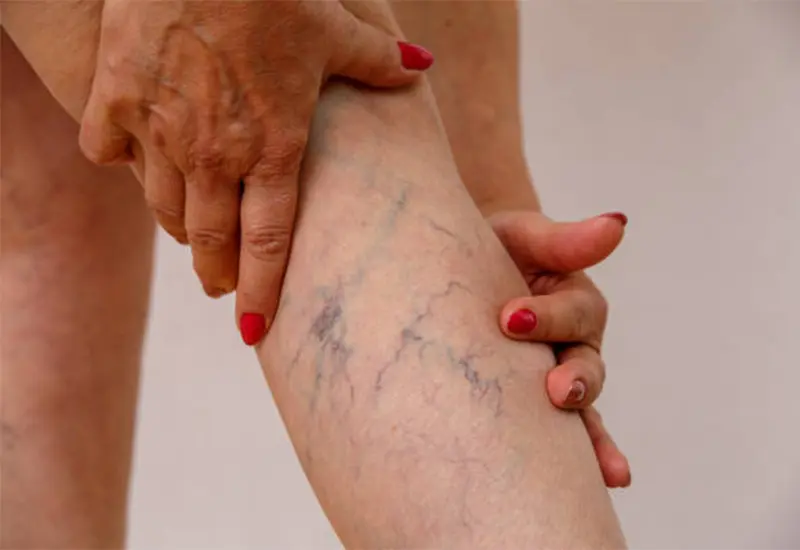Vein Disease

Vein disease complications sometimes go unnoticed, but if left untreated can create serious and even life threatening issues. The veins in your body help are critical to healthy circulation, carrying blood from various parts of your body back to your heart. When people age, problems often develop in the veins and cause complications.
These complications sometimes go unnoticed, but if left untreated can create serious and even life threatening issues.
The veins in your body help are critical to healthy circulation, carrying blood from various parts of your body back to your heart. When people age, problems often develop in the veins and cause complications.
Types of vein disease:
Deep Venous Thrombosis or DVT
Deep vein thrombosis refers to a blood clot in the leg that does not travel to other parts of the body. Most DVTs occur in the veins in the calf, but they also can occur in the thigh and in the hip area.
These blood clots usually begin in areas where the blood’s ability to flow is hampered or stopped, this may also happen when the blood’s clotting properties are compromised.
Pulmonary Embolism or PE
Pulmonary embolism is a blockage in an artery in the lungs. If a blood clot breaks off from the legs, it can be carried through the bloodstream and may lodge in the lungs.. This blocks the flow of blood through the heart, which may lead to death.
Lymphedema
Lymphatic obstruction is a blockage of the lymph vessels that drain fluid from tissues throughout the body and allow immune cells to travel where they are needed. Lymphatic obstruction may cause lymphedema, which means swelling due to a blockage of the lymph passages, often causing excessive swelling in the lower extremities.
Lymphatic obstruction can occur through:

Contact one of our Upperline Health clinics to get your Vein Disease treatment started.
Treatments offered may vary by clinic.

